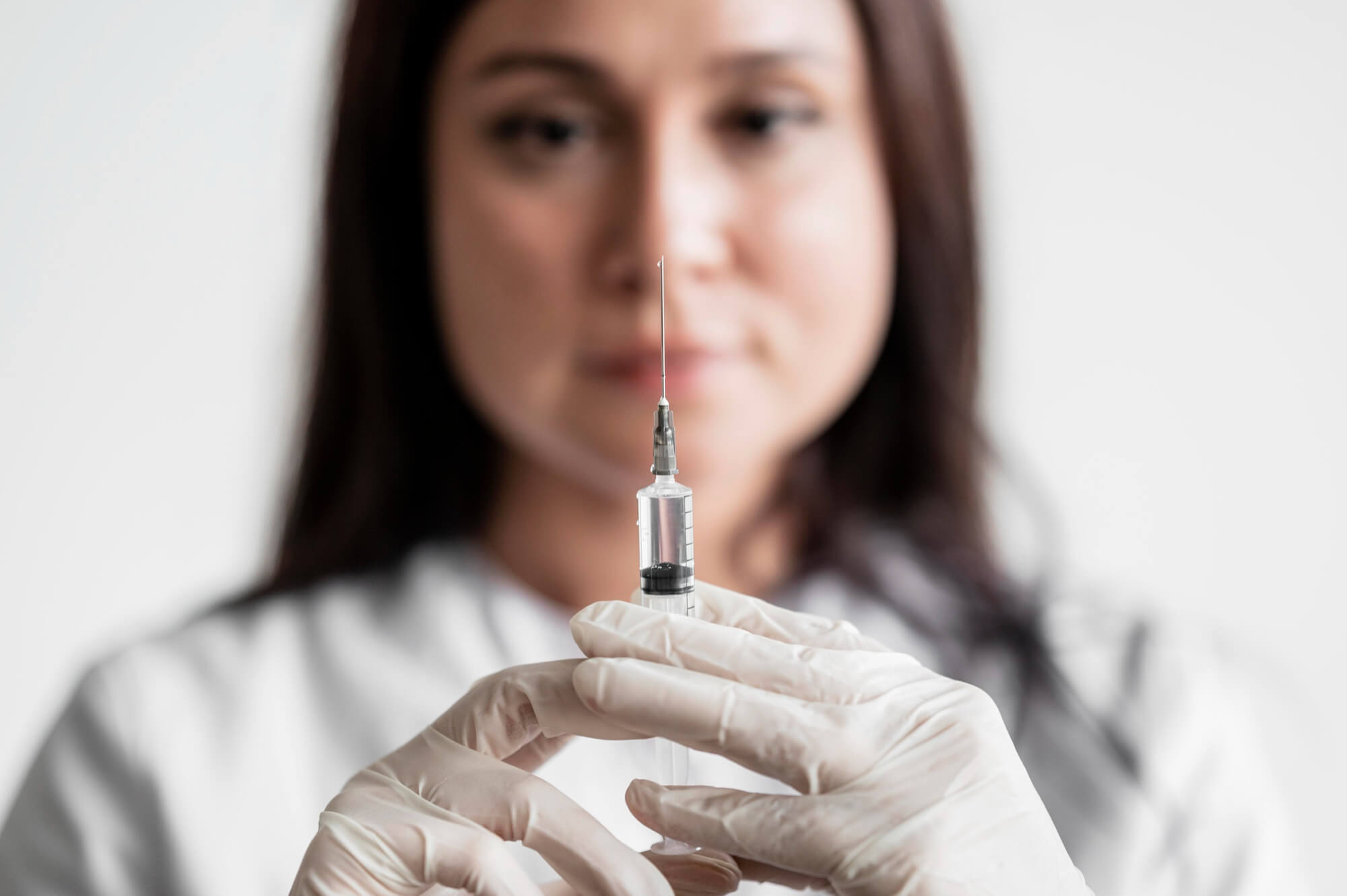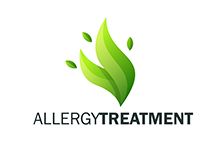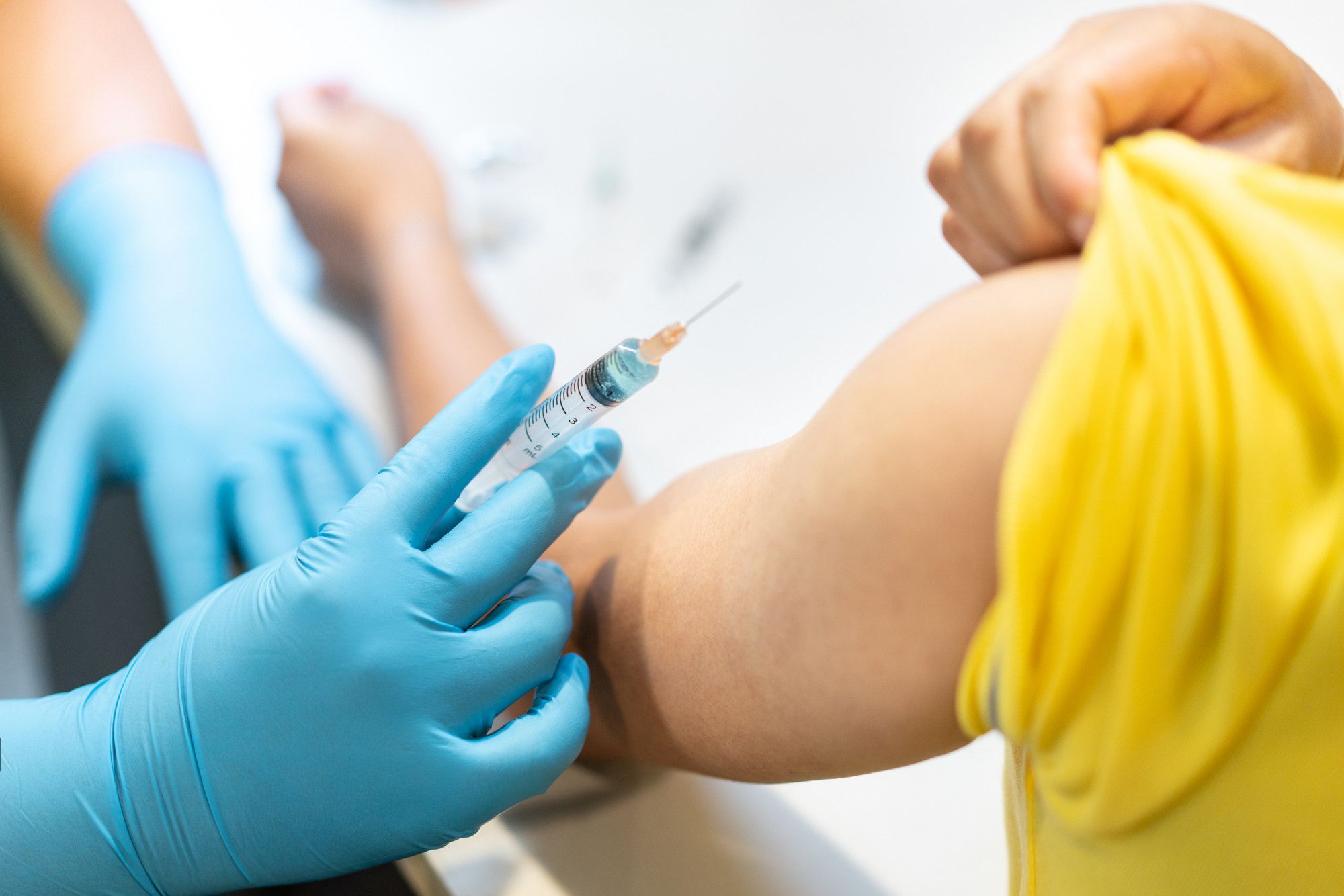Rating of effective drugs for Quincke's edema


Irina Makarova
Review of medications to treat Quincke's edema
Quincke's edema, also known as giant urticaria, is a serious condition characterized by the sudden appearance of swelling of the skin and mucous membranes. For effective treatment, it is important to know what medications to take for Quincke's edema. This review, prepared by an experienced allergologist, will look at the key antihistamines for Quincke's edema, their forms of release, prices and recommendations for use.
Criteria for the choice of drugs
- It is important to pay attention to the composition of the drugs. Antihistamines contain active ingredients that help relieve swelling and eliminate the symptoms of allergy.
- Tablets for Quincke's edema are preferred for mild cases. In adults, more severe cases may require injections or shots for a quick effect.
- Price may vary depending on brand and form. Choose affordable products without compromising on quality.
- Get other patients' opinions and listen to doctors' recommendations when choosing a drug.
Rating 5 drugs for Quincke's edema

1. Prednisolone
Prednisolone is a hormonal medication that is used to reduce inflammation. It inhibits the release of substances that cause inflammation.
Advantages include quick action and high effectiveness. Disadvantages include possible side effects from hormonal drugs.
In acute Quincke's edema, a shot of Prednisolone is injected. The dosage is determined by the doctor.
2. Suprastin
Suprastin is an antihistamine drug that blocks histamine and relieves allergic reactions.
The advantage is that it can be used in the form of tablets and injections. The disadvantage is possible drowsiness.
Tablets are taken orally, 1 tablet 1-2 times a day. Injections are prescribed by the doctor.
3. Epinephrine (adrenaline)
Epinephrine narrows the blood vessels, reducing swelling and expanding the airways.
Effective in anaphylactic shock. The disadvantage is that it may cause cardiac side effects.
In first aid for Quincke's edema, Epinephrine is injected in the dose determined by the doctor.
4. Zyrtec (cetirizine)
Zyrtec is an antihistamine drug in tablets. It blocks histamine, relieves itching and swelling.
Advantage - causes less drowsiness. Disadvantage - slower effect than injections.
One tablet a day, can be taken regardless of the meal.
5. Phenystil
Phenystil is an antihistamine, available as a gel, drops and tablets.
Advantage - multi-format, the ability to use externally. Disadvantages - possible drowsiness, slow action.
Drops and tablets are taken as prescribed by the doctor. The gel is applied in a thin layer to the skin.
With Quincke's edema, it is important to promptly provide first aid and choose the right medications. Quincke's edema pills, shots, and other remedies should be chosen based on the symptoms and doctor's recommendations. Some medications, such as Prednisolone, are hormonal and can only be used when prescribed by a doctor. It is important to be aware of possible side effects and to monitor the patient's condition.
New materials
Popular Articles
We recommend reading
Contact us in the Contact Us section to ask questions, offer ideas, or for more information about our allergy resource.
Our articles are your trusted source of allergy knowledge. Learn how to make life with allergic reactions easier on our specialized portal.
©
Lechenie-Allergii.com. All rights reserved.
© Lechenie-Allergii.com. All rights reserved.
The information on this site is for informational purposes only and is not a substitute for professional medical advice. We recommend consulting with qualified medical professionals for accurate information and advice.
 English
English  Українська
Українська  Русский
Русский 









